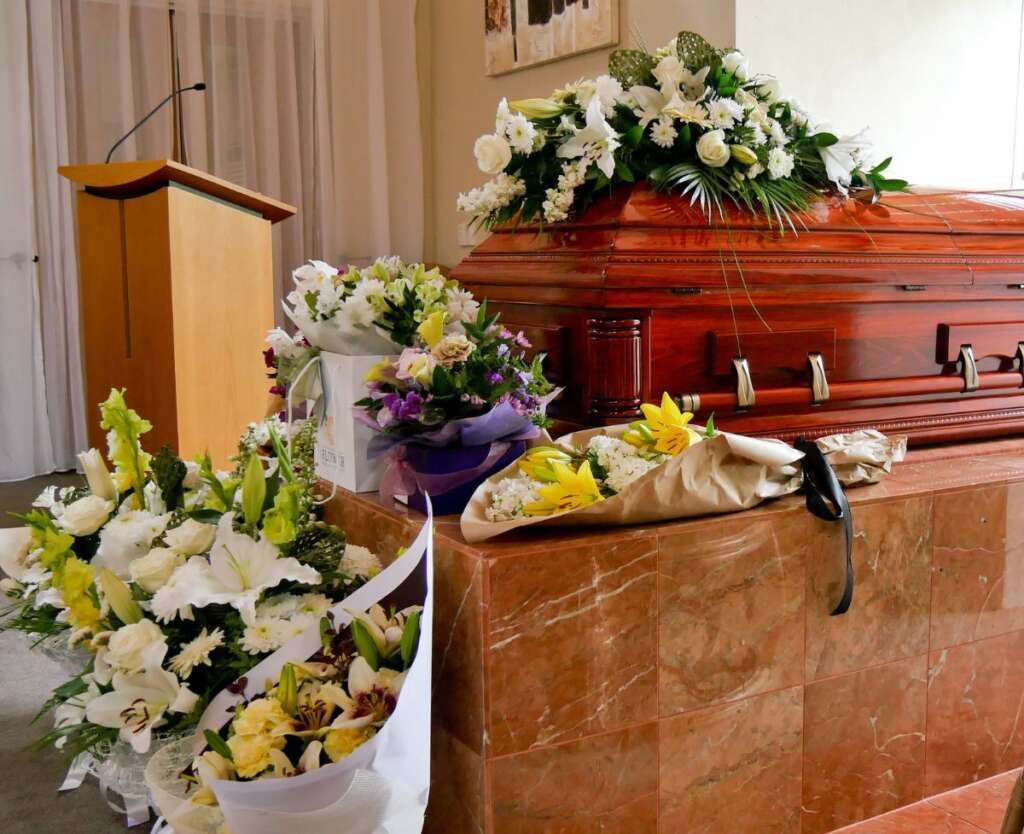Not all memorial services are gloomy and uncomfortable. Some are a celebration of life, while others offer a brief discourse on the later years of an individual’s life preceding their death. What varies little is the procession of events and how the service as a whole is conducted. This guide explores what should come standard at a memorial service to cover all the motions as the ceremony develops.
A Welcoming to All Guests
To begin the service, the minister or speaker will center everyone’s attention on the pulpit where they are speaking. This welcoming statement should involve a warm invitation for individuals to attend the memorial on behalf of the loved one who has passed. This introduction will then segue into a word of thanks for all who could come, followed by a brief reading of scripture.
A Brief Reading of Scripture
Depending on the personal beliefs of the individual who has passed, the memorial service may include readings from sacred religious texts. These readings may relate to themes about managing the death of a loved one or allegories that parallel the life of the deceased individual. The text will then be interpreted for the audience so that they may fondly recall memories of their loved one whenever they hear the scripture in the future.
A Eulogy of the Loved One
Following the scripture reading, someone may give an account of the life and death of the individual. This account should briefly describe the highlights of their life, who they were, and the values they upheld. Additionally, the family and close friends of the deceased individual may be individually mentioned by name. There are different practices for eulogies around the world, so this portion of the memorial service may not be as standardized as others.
A Memorial Ceremony
It is typical for a tradition of some kind to be practiced after the eulogy. Lighting candles, singing songs, and giving flowers at the bedside of the coffin or memorial are all standard practices for this portion of the service. Each person will individually give their condolences and love to the deceased. Once everyone has had an opportunity to grieve and make peace with their loved one’s passing, a final word is presented.
A Final Word and Closing
At the conclusion of the service, the speaker should reiterate the ceremony’s overall message and may speak about death within a philosophical context. This will help reshape the allegorical and interpretive ideas presented earlier in the service to help represent the individual in their life and death. This message should be quick but have great depth.
All in all, these ceremonies should come standard at most memorial services. Of course, these proceedings may vary depending on the beliefs of the deceased and the way that their loved ones want to celebrate their life.
